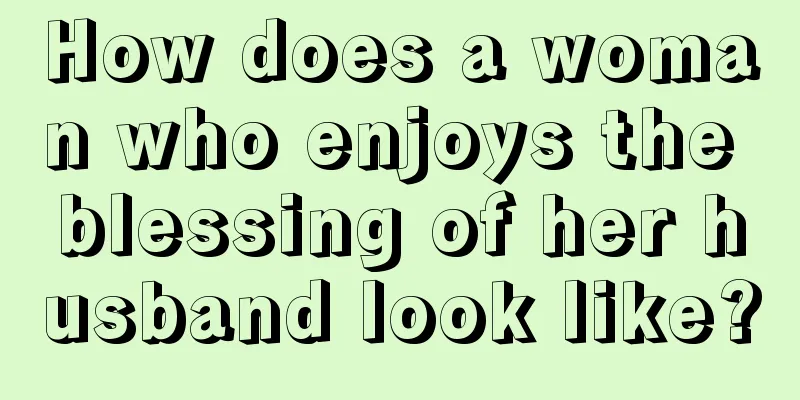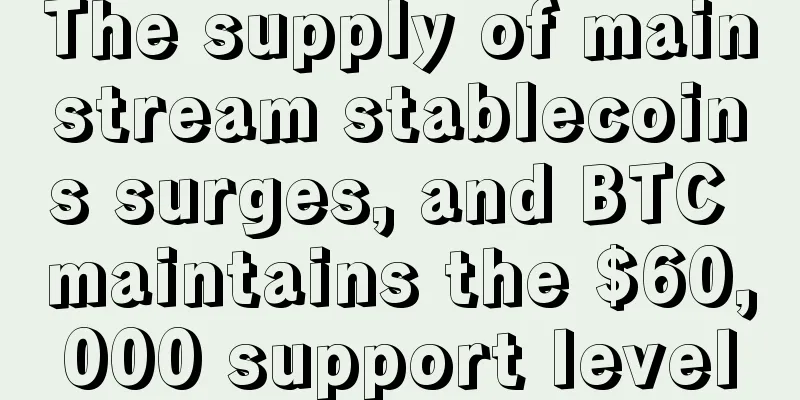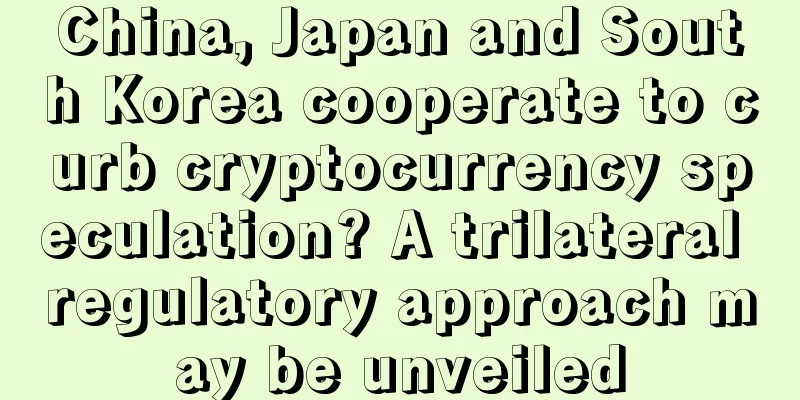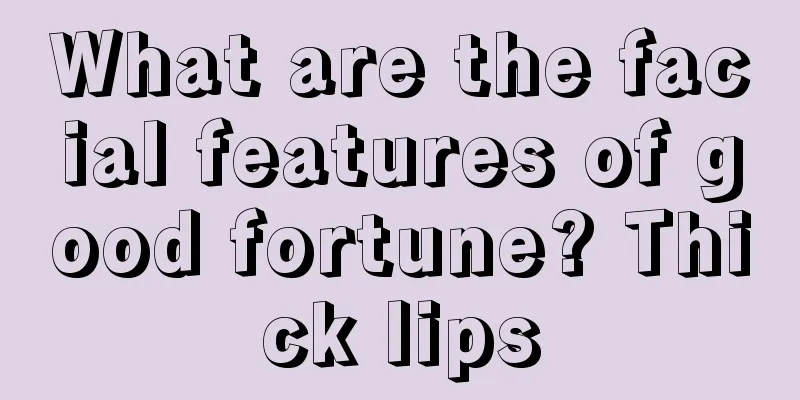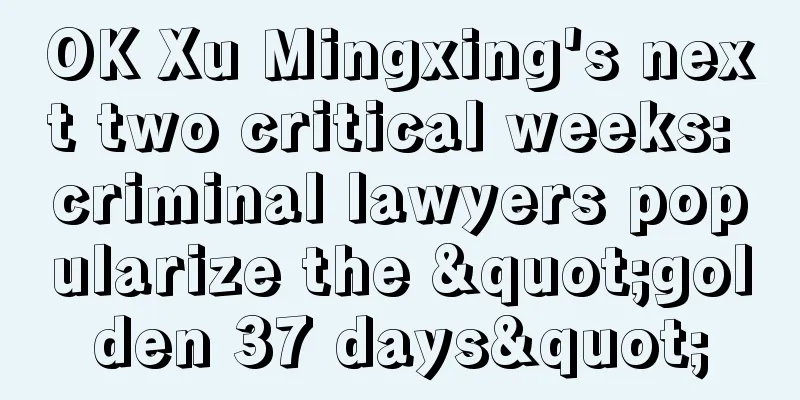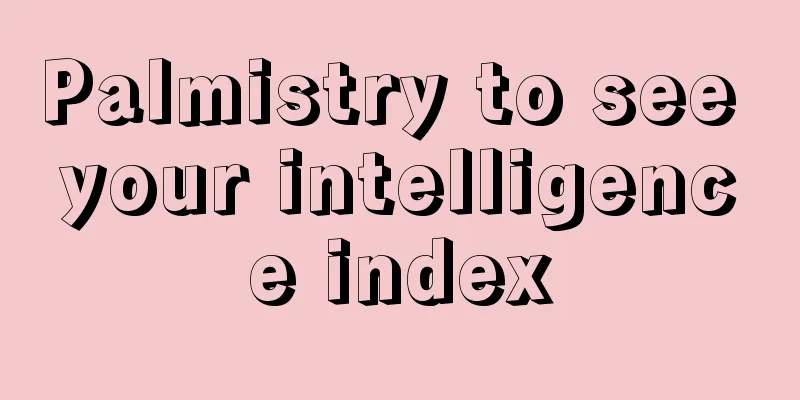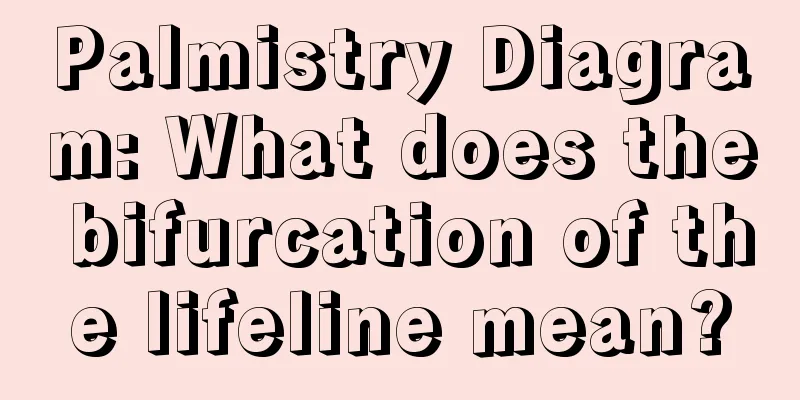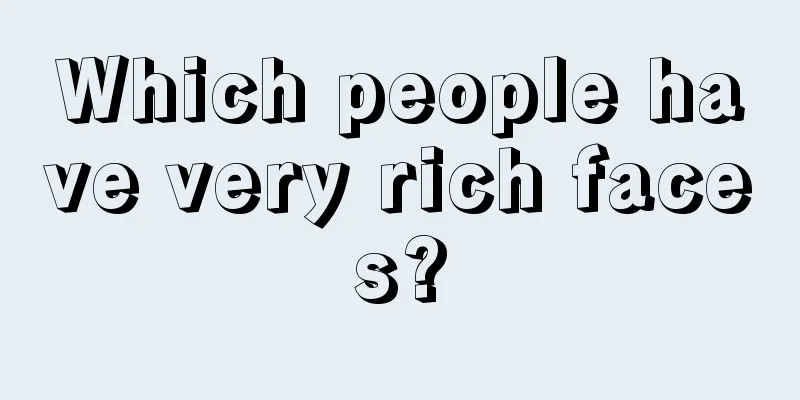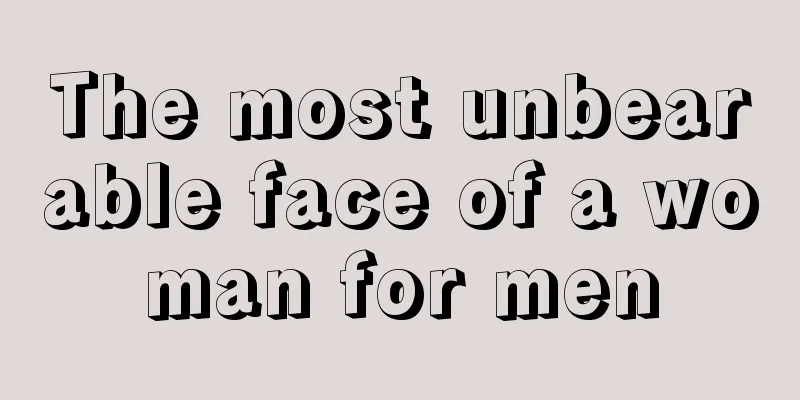Why blockchain deserves attention: Non-financial uses of blockchain technology
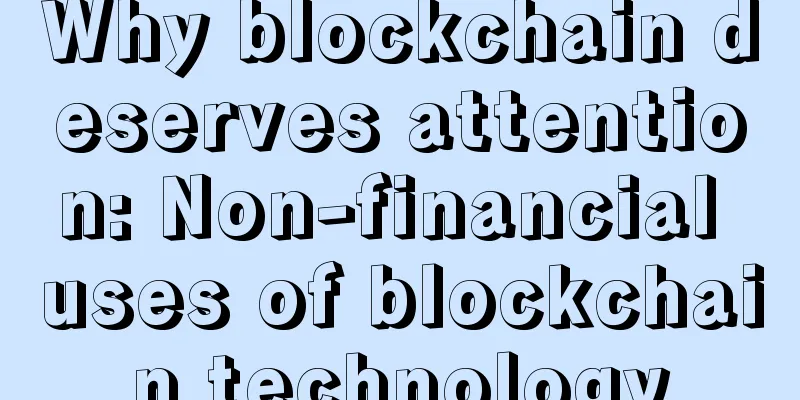
|
Artificial intelligence, robotics, 3D printing, biology, genetic engineering, self-driving cars, graphene, virtual reality and blockchain technology are the most interesting inventions at the moment, and at the same time, blockchain is also the most difficult technology to implement. Why do I say that? Because blockchain technology will lay the economic foundation for the next century, not only in the economic field, but also throughout the entire society. You may have heard that blockchain technology will disrupt the financial order. It is undeniable that this is true. Banks are currently investing a lot of money in experiments to cut costs and increase efficiency. And blockchain can disrupt more than just the financial field. Blockchain technology is essentially a database, but that belies its revolutionary nature. It's like saying that computers are just 1s and 0s - it's what you do with them that matters. Databases are everywhere. Facebook, Twitter, Uber, they are all databases, and so are our health records, police records, and bank accounts. If you understand how this works, you'll understand why. What you need to understand is this: Blockchain is an interesting database with new features
With these four properties, blockchain allows us to do many things that we could not do in the past. Internet of Things People are talking about the Internet of Things, but unless you're a tech geek, you may not fully understand what it is. The Internet of Things is about giving physical objects an online identity. Just as your computer and phone are already connected to the Internet, in the near future, cars, houses, bridges, and just about anything you can think of will be connected to the Internet. This will allow objects to be remotely controlled and communicate with each other. For example, when the power is tight, appliances will automatically switch on, cars will automatically overtake according to road conditions, or bridges will notify cars to slow down when snow falls. This is not a pipe dream. Gartner predicts that by 2020, 20.8 billion "physical objects" will be connected to the Internet. How does this relate to blockchain technology? IBM and Samsung pointed out in a recent report that blockchain technology solves a series of problems that hinder the development of the Internet of Things. They can be summarized as: cost, integrity and future protection. For IoT companies, the cost of developing smart devices is huge. Blockchain technology replaces centralized clouds and large server farms, which enables the Internet of Things to outsource infrastructure supply to the lowest cost place in the world. Because blockchain is a shared system, these costs are shared by all its users, which also reduces redundancy and improves efficiency. On the issue of trust, the authors of the Samsung and IBM report wrote:
Blockchain is open source and seemingly “trustless,” meaning you don’t have to rely on anyone but the consistency of the internet. Transparent supply chain/notary services At the beginning of the article, I said that blockchain is open and permanent. This is very important for businesses based on transparency and trust. An immutable, open ledger provides a neutral method for companies to prove where products and objects are in the supply chain at a specific time, and consumers can also trace the source of their purchases. There are many startups in this field: Everledger, which is currently participating in Barclays' incubator program, has unlimited potential. By creating a digital DNA that includes cut, clarity, color, carat weight and 14 other references, the company is able to create a transparent ledger of diamonds, regardless of their origin, ownership history and the journey they have undergone. Provenance is another company working on this, ensuring that transactions can share the story behind the product. The company's white paper authors wrote: Despite many efforts, the chain of custody that can verify the effectiveness of products remains difficult to prove. Of course, blockchain can change this. Stampery and Blockverify are two other companies using the bitcoin blockchain to verify items, from emails and documents to medicines. Secure digital identity One of the biggest obstacles to implementing online identity right now is data management. Due to this issue, a lot of data from many companies has been stolen by hackers. The key to online identity is that the user can verify their identity while they are in control of their data. Blockchain uses public key cryptography (whose inventors received the Turing Award), which allows us to solve this problem from another perspective. ShoCard is a company that uses blockchain technology to implement this approach. The ShoCard system allows users to control their own data and only share relevant data. At the same time, it also removes the need to continuously enter usernames and passwords to log in. Onename is another company of this type. In the field of digital ID, blockchain emergency ID is a huge step forward. Inspired by the confiscation of passports of migrant workers, the emergency ID creates a trust network that allows family members to verify each other's addresses. Regulation and government Blockchain technology offers many possibilities for governments. In a report this year, Mark Walport, the UK government’s chief scientific adviser, pointed out that blockchain technology can be used in a range of areas, including:
In addition, the Estonian government, one of the most technologically advanced governments in the world, is working with Bitnation to allow e-residents to notarize their marriages and births on the Horizon blockchain. In response, a report said: "If a couple gets married on the blockchain, it does not mean that they are regulated by the Estonian government or any other government. Instead, they are regulated by the blockchain. Blockchain technology ensures that your contractual agreements are legally binding around the world. The most exciting thing is that we don’t know how much progress blockchain technology will bring to other fields. This is the real starting point of the Internet. ---- |
<<: 7 ways blockchain technology is changing the payment industry
>>: Ethereum and Bitcoin are not competitors, they are both market leaders
Recommend
The facial features of a woman with a happy marriage
A happy marriage is what most women expect and de...
A diagram of the lifeline of a man who may have a divorce
How to read the lifeline diagram on men’s palms? ...
Personality and destiny of different fingerprint combinations
The patterns of fingerprints can be used to judge...
What does it mean for a woman with a mole on the back of her neck?
Each of us has moles on our bodies, some of which...
Palmistry of happiness in second marriage
Palmistry of happiness in second marriage There a...
Ears: Big earlobes or small earlobes
Ears: Big earlobes or small earlobes People with ...
Analysis of Magpie Eyes in Physiognomy
Eyes are where the spirit resides. Eyes are origi...
How to tell a man's fortune through palmistry
Palmistry is a fortune-telling technique that is ...
Report: Chinese Bitcoin miners control two-thirds of global computing power, 54% of which is in Sichuan
According to the Planet Daily, CoinShares researc...
What kind of woman looks poor?
Some people are born with a wealthy look, and exu...
What about men with messy hand lines?
We have all kinds of lines on our hands, and thes...
What kind of face will make you feel sad when you see a stranger crying?
Anyone who cries and feels distressed when seeing...
How is the fortune of people with moles on their hands?
Everyone has different moles on their bodies, and...
Bitfinex did not use cold wallets and 120,000 bitcoins were stolen. Experts say CFTC supervision is not unrelated
The theft of nearly 120,000 bitcoins from the Bit...
Self-cultivation of leeks: How to identify strong MEME coins
Preface Due to the unrestrained issuance of air c...
